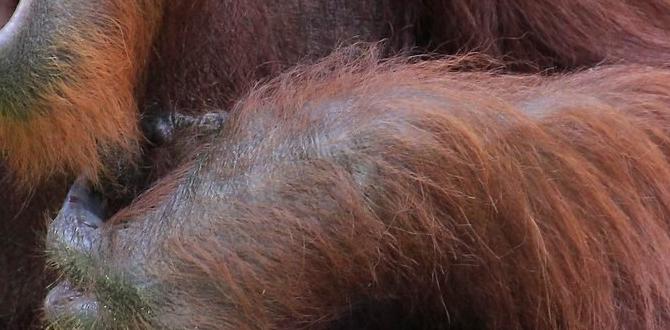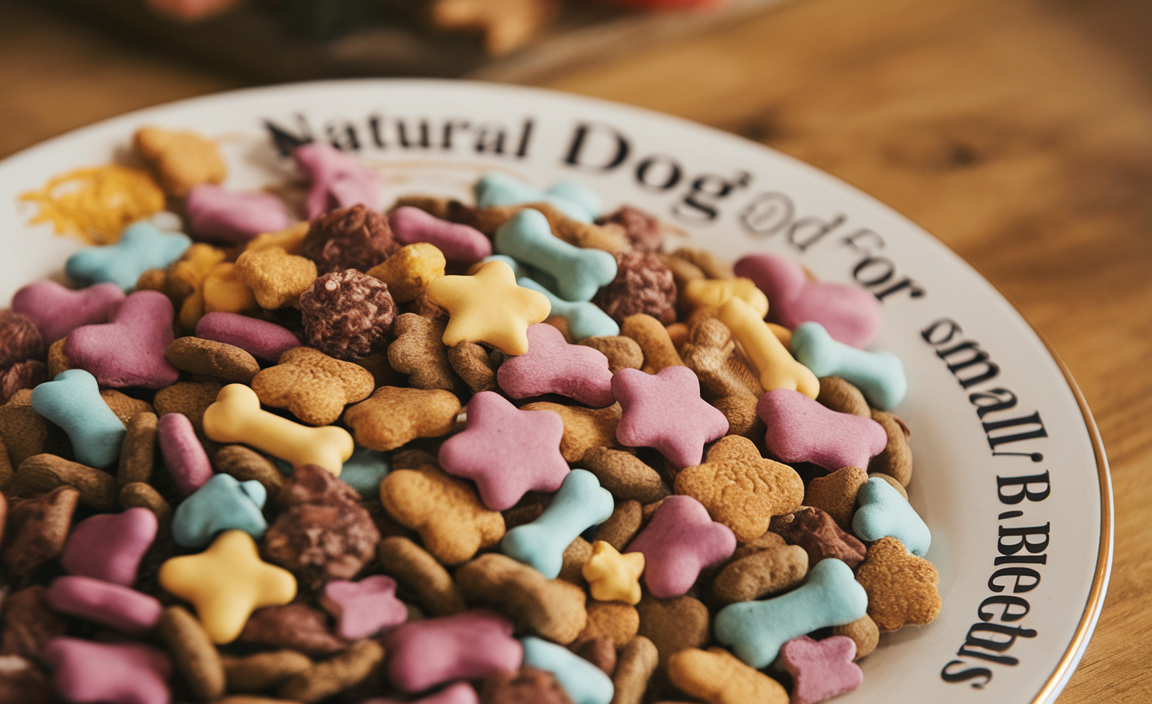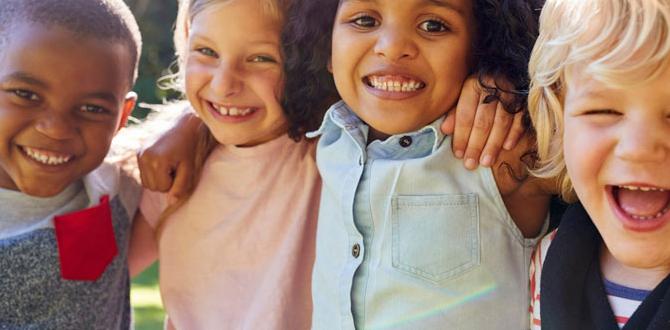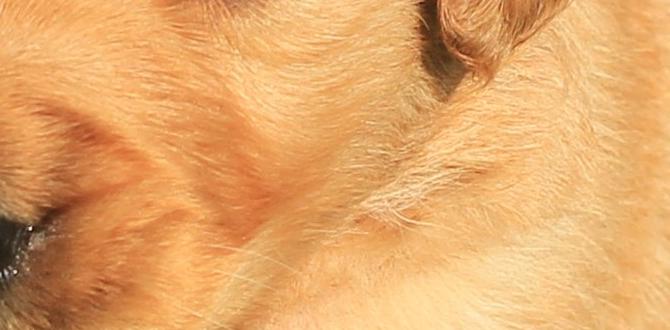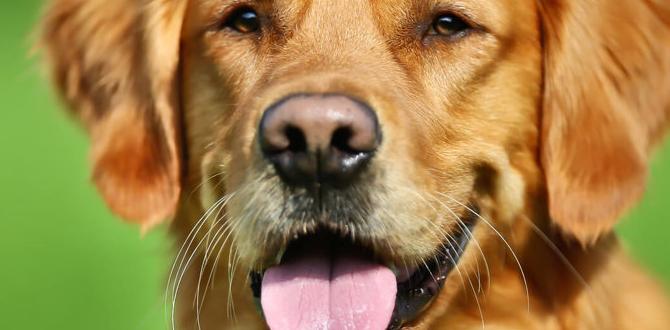Have you ever seen a puppy fiercely protecting their food or toy? It’s called dog resource guarding in puppies. This behavior can surprise many new dog owners. But don’t worry, it’s a common issue. Puppies might think you will take away their treasures. Let’s explore why they do this and how to help them feel safe.
Key Takeaways
- Understanding dog resource guarding in puppies is crucial for owners.
- Puppies may guard food, toys, or even space.
- Positive training helps reduce guarding behavior.
- Consistent routines make puppies feel more secure.
- Seek professional help if guarding becomes severe.
Why Do Puppies Guard Resources?
Puppies are cute, but sometimes they act out. One behavior is guarding resources. They might growl or snap when protecting their food or toys. This is natural for them. In the wild, dogs protect what is theirs. Puppies see their food and toys as valuable things. They may think someone else will take these away. This makes them feel the need to guard them. Understanding this helps us know how to address it.
- Puppies follow instincts from their ancestors.
- They might feel threatened by other pets.
- New environments can make them anxious.
- Some breeds may guard more than others.
- Fear can increase guarding behavior.
To help puppies, we need to make them feel safe. Start by observing when and why they guard resources. Slowly introduce changes to reduce their anxiety. Giving them enough space and time can help. Puppies need to learn that they won’t lose their things. This takes patience and practice.
Fun Fact or Stats : Did you know? About 60% of puppies show some form of resource guarding.
Identifying Resource Guarding
How can you tell if your puppy is guarding something? It’s not always obvious. Look for signs like growling or snapping. They might stand over their food bowl or toy. Some puppies get tense or freeze when you come close. These are signs they feel possessive. If you notice these signs, it’s time to help them. Puppies need to know that sharing is safe.
Common Resources Puppies Guard
What do puppies usually guard? Food is the most common resource. They might also guard toys, bones, or even a favorite spot on the couch. Sometimes, they guard people! Yes, your puppy might see you as a resource worth protecting. This can be sweet but also tricky. Helping them learn to share is important for a happy home.
When to Worry About Guarding
Is your puppy’s guarding behavior getting worse? If yes, it might be time to worry. Severe guarding can lead to aggression. Puppies might bite to protect their things. This can be dangerous for families and other pets. If you feel uneasy, talk to a professional. They can guide you on how to manage and reduce this behavior safely.
Training to Reduce Guarding
Training can help puppies feel secure. Start with basic commands like “sit” and “stay”. This builds trust and makes them more obedient. Use positive reinforcement. Praise them when they share or let you near their food. Be patient. Puppies learn at different speeds. With time, they should feel less anxious. Remember, the goal is to reduce guarding, not to punish them.
- Use treats as rewards for good behavior.
- Practice commands daily for consistency.
- Encourage sharing by playing interactive games.
- Stay calm and avoid scolding puppies.
- Provide plenty of toys to reduce possessiveness.
Training takes time, but it’s worth the effort. A well-trained puppy is more relaxed and happier. They will learn to trust you and others around them. This makes living together more pleasant for everyone. Slowly, the guarding behavior should decrease.
Fun Fact or Stats : Did you know? Puppies trained with positive methods are 50% less likely to guard.
Basic Commands Every Puppy Should Know
Have you taught your puppy basic commands yet? These are the foundation of training. Start with “sit”, “stay”, and “come”. They help manage puppies’ behavior. Teach them gently and with rewards. Make sure training sessions are short and fun. Puppies have short attention spans. Consistency is key. With these commands, it’s easier to handle guarding situations.
Using Treats and Rewards
Do you know the power of treats? They are magic for training puppies. When your puppy does something right, give them a treat. Say “good job” when they share or listen. This teaches them that good things happen when they behave. Over time, they will understand what you expect. Remember to pick healthy treats. This keeps training sessions rewarding and nutritious.
Interactive Games for Sharing
Want to make sharing fun? Try interactive games. These games require cooperation. Use toys that encourage playing together. Tug-of-war is a great start. Teach your puppy to fetch and return a toy. Praise them when they bring it back. These games help puppies learn that sharing is fun and safe. They build trust and reduce guarding.
Building Trust with Your Puppy
Trust is key in reducing dog resource guarding in puppies. When puppies trust you, they feel safe. Spend time bonding with your puppy. Play with them and feed them by hand sometimes. This shows them that you are not a threat. They will slowly learn that you mean no harm. This helps them relax and reduces their need to guard resources.
- Spend quality time with your puppy daily.
- Be consistent in your approach to care.
- Avoid sudden movements that may scare them.
- Use a calm voice when talking to your puppy.
- Show affection through gentle petting.
Building trust takes time, but it’s worth it. A trusting relationship creates a happier home. Puppies that trust their owners are less likely to feel threatened. This helps reduce guarding and aggression. Remember, trust is a two-way street. The more your puppy trusts you, the more you will enjoy their company.
Fun Fact or Stats : Did you know? Puppies need about 15 minutes of focused bonding daily.
Importance of Consistency
Why is consistency important? Puppies thrive on routines. When things are predictable, they feel safe. Consistent feeding times, walks, and playtime make them relaxed. They know what to expect and when. This reduces anxiety and guarding. Stick to routines as much as possible. Changes can confuse your puppy. The more consistent you are, the more secure they feel.
Creating a Safe Environment
Is your home puppy-friendly? A safe environment is crucial. Remove things that can scare or hurt your puppy. Create a cozy space with their bed and toys. This becomes their safe zone. Make sure they have a quiet place to retreat to. If they feel secure, they are less likely to guard their resources. A comfortable home is a happy home for your puppy.
Understanding Puppy Body Language
Do you know what your puppy is saying? They communicate through body language. Watch their ears, tail, and stance. If their ears are back, they might be scared. A wagging tail usually means they’re happy. Understanding these signs helps you respond better. When you know what they feel, you can help them more effectively. This reduces guarding and builds trust.
Seeking Professional Help
Sometimes, dog resource guarding in puppies needs expert help. If your puppy’s behavior worries you, consider a professional trainer. They have the skills to handle severe cases. Professionals can create a training plan. This helps address the specific needs of your puppy. It’s better to seek help early. This prevents guarding from becoming a big problem.
- Research trainers with experience in behavior issues.
- Ask for recommendations from friends or vets.
- Check trainer reviews and success stories.
- Ensure the trainer uses positive methods.
- Be involved in the training process with your puppy.
Professional help can make a big difference. They offer guidance and support for both you and your puppy. Training sessions can be a learning experience. You’ll gain confidence in managing your puppy’s behavior. Remember, seeking help is a smart step, not a failure.
Fun Fact or Stats : Did you know? Over 70% of dog owners find professional training effective.
Choosing the Right Trainer
How do you find the right trainer? Look for someone with a good reputation. Ask friends or your vet for recommendations. Check their reviews online. Make sure they use positive training methods. Avoid trainers who use force or punishment. A gentle approach works best with puppies. Meet the trainer first. They should be kind and patient. Your puppy deserves the best care.
Understanding Training Methods
Are all training methods the same? No, they can be very different. Positive reinforcement is the most effective. It focuses on rewarding good behavior. This encourages puppies to repeat actions. Avoid harsh methods. They can make puppies scared and increase guarding. Learn about different training techniques. This helps you choose the best one for your puppy.
When to Seek Help
When should you seek expert help? If your puppy’s guarding behavior worries you, don’t wait. Early intervention is best. Talk to a trainer if your puppy shows aggression. Biting or severe guarding needs attention. Professionals can help before the problem becomes serious. Remember, getting help is caring for your puppy’s well-being.
Conclusion
Addressing dog resource guarding in puppies is important for a happy home. Understanding their behavior helps you handle it better. Use training and bonding to build trust. Seek professional help if needed. With patience and care, your puppy will learn that sharing is safe. This leads to a more peaceful and loving relationship.
FAQs
Question: What is resource guarding in puppies?
Answer: Resource guarding is when puppies protect items like food or toys. They might growl or snap to keep others away. This behavior is natural but needs attention. Understanding why puppies guard helps in addressing the issue effectively.
Question: How can I stop my puppy from guarding resources?
Answer: Start with basic training and positive reinforcement. Reward your puppy for sharing. Practice commands like “sit” and “stay” consistently. Be patient and calm. Avoid harsh methods. If needed, seek professional help. Addressing dog resource guarding in puppies early is key.
Question: Why do puppies guard their food?
Answer: Puppies guard food due to instincts. They think others might take it away. This behavior is common in the wild. Understanding this helps in managing it. Training and consistency can reduce guarding over time.
Question: Is resource guarding dangerous?
Answer: It can be if not handled properly. If puppies become aggressive, it might lead to biting. It’s important to address dog resource guarding in puppies early. Seek professional help if you feel overwhelmed. Safety is a priority for you and your puppy.
Question: What resources do puppies commonly guard?
Answer: Puppies often guard food, toys, and sometimes even people. They might protect a favorite spot. Understanding what they guard helps in addressing the behavior. Training and positive reinforcement can reduce guarding.
Question: Should I punish my puppy for guarding?
Answer: No, punishment can make things worse. It might increase their fear and aggression. Use positive methods instead. Reward your puppy for good behavior. This builds trust and reduces guarding over time. Patience and kindness work best.
Meet Elyse Colburn, the devoted canine companion and storyteller behind the enchanting world of “Tales, Tails, and Adventures Unleashed.” A passionate dog enthusiast with a heart full of paw prints, Elyse Colburn shares heartwarming tales and insightful adventures, celebrating the joy, loyalty, and endless antics that make every dog a true hero. Join Elyse Colburn on this tail-wagging journey, where every post is a love letter to our four-legged friends.

